When Hannibal crushed Roman legions at Cannae in 216 BCE, Rome faced annihilation. One general’s refusal to fight—derided as cowardice—became the strategy that preserved the Republic and redefined warfare itself.
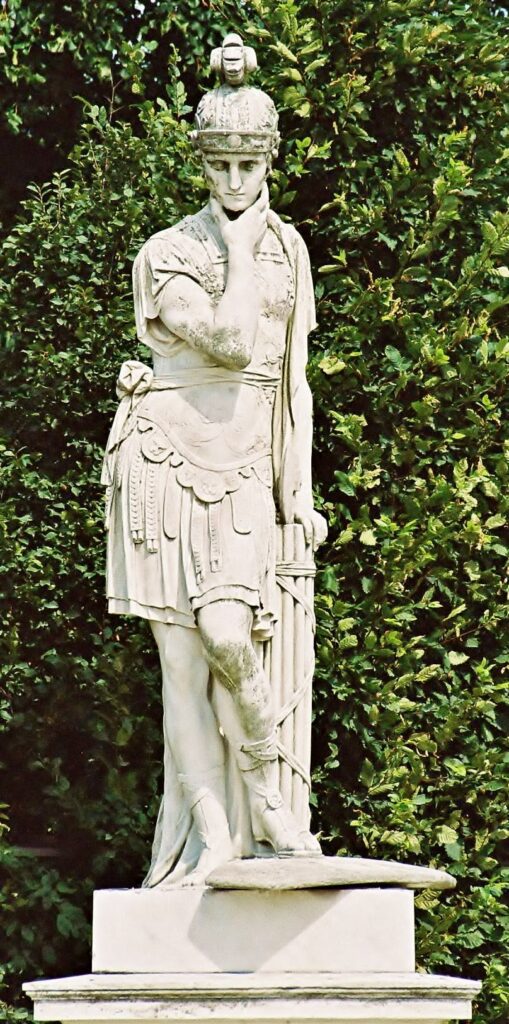
Summer, 217 BCE. The Apennine hills shimmer under Mediterranean heat as Hannibal’s army marches unopposed through Etruria. Behind him lie the corpses of 30,000 Roman soldiers—slaughtered at Lake Trasimene three months after 15,000 fell at Trebia. Rome’s consular armies, trained for centuries in direct engagement, have met their match. In the Senate house, panic spreads. Some senators propose abandoning Italy entirely. Into this crisis steps Quintus Fabius Maximus Verrucosus, appointed dictator with absolute military authority. His strategy shocks Rome: he will not fight Hannibal. He will shadow him, harass him, starve him—but never engage him in pitched battle. Romans mock him as “Cunctator”—the Delayer, the Dawdler. Yet this derided temporization would save the Republic and establish principles of asymmetric warfare that echo through military history to Mao Zedong and beyond. How did refusal become innovation? Why did patience prove revolutionary?
The Crisis That Demanded Innovation
Rome in 218 BCE embodied military orthodoxy. The legion—disciplined, hierarchical, designed for frontal shock combat—had conquered the Italian peninsula through superior organization and relentless offensive spirit. Roman military culture glorified virtus: aggressive courage, the willingness to close with the enemy. Generals won elections by tallying enemy dead. The consulship, Rome’s highest office, required military command. Political advancement demanded battlefield glory. This system produced competent commanders but discouraged strategic flexibility.
Hannibal Barca shattered these assumptions. Crossing the Alps with elephants and 50,000 men, the Carthaginian commander brought tactical genius Rome had never encountered. At Trebia in December 218 BCE, he ambushed consul Tiberius Sempronius Longus, annihilating his army. At Lake Trasimene in June 217 BCE, he trapped and destroyed consul Gaius Flaminius’s legions in history’s largest ambush—15,000 Romans killed, 15,000 captured, Flaminius dead. Hannibal’s Numidian cavalry and tactical brilliance made Roman heavy infantry irrelevant. He won by maneuver, not muscle.
The political implications terrified Rome. The Republic’s constitution mandated two annually elected consuls sharing military command—a system designed to prevent tyranny but which encouraged reckless aggression as each consul sought glory during his one-year term. After Trasimene, this structure threatened national suicide. The Senate invoked emergency powers unused for a generation: they appointed a dictator with six months of absolute authority. They chose Quintus Fabius Maximus, 58 years old, already four times consul, renowned for caution and religious piety. Rome needed a savior. It got a calculator.
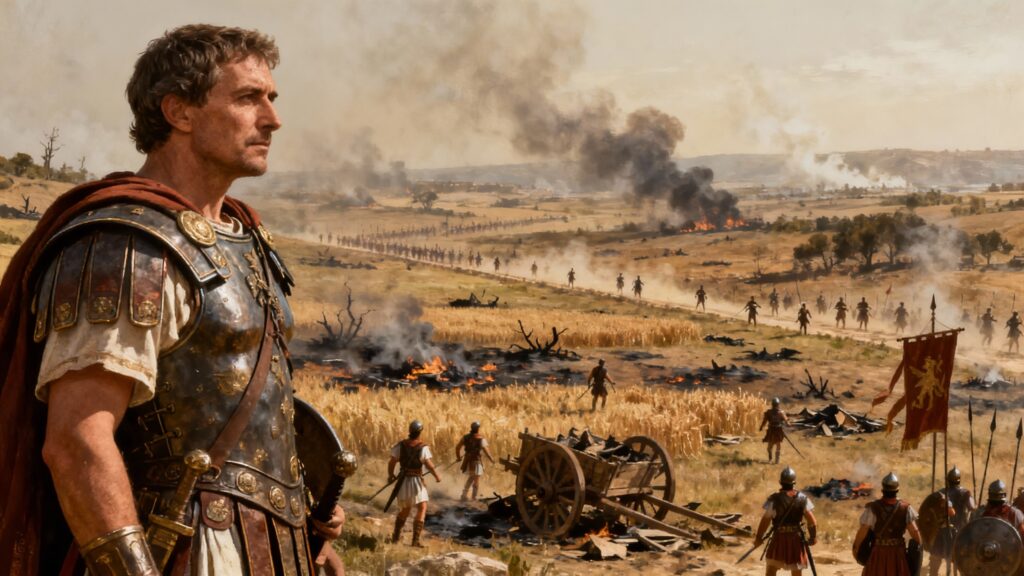
The Strategy of Evasion
Fabius assumed command in late June 217 BCE. His first act violated Roman military custom: he consulted the auguries, declared the defeat at Trasimene divine punishment for impiety, and staged elaborate religious ceremonies. This bought time while establishing moral authority. Then he marched to confront Hannibal—and refused to fight him.
Fabius positioned his legions on high ground, shadowing Hannibal’s movements but declining engagement. When Hannibal approached, Fabius withdrew. When Hannibal ravaged farms and towns, Fabius watched from the hills. He forbade his soldiers from responding to Carthaginian provocations. He avoided level ground where Hannibal’s cavalry dominated. His strategy rested on brutal calculation: Hannibal commanded perhaps 40,000 men in hostile territory without supply lines or siege equipment. Time favored Rome, which could recruit unlimited manpower from Italian allies. Every day Hannibal remained in Italy, his army weakened. Every battle Fabius avoided preserved Roman strength.
The tactical implementation proved sophisticated. Fabius positioned forces to protect Roman grain supplies while denying Hannibal access to provisions. He ambushed Carthaginian foraging parties, killing stragglers without committing to major engagement. He harassed Hannibal’s camps at night. He spread rumors to unsettle Italian cities tempted to defect. When Hannibal trapped himself in the Ager Falernus valley, Fabius blocked the passes—then Hannibal escaped by the ruse of tying torches to cattle horns, drawing Roman attention while his army slipped through darkness. Fabius accepted this humiliation rather than risk battle. His patience was adamantine.
The political cost grew severe. Hannibal ravaged Campania unopposed, burning estates, including Fabius’s own—which Hannibal conspicuously spared, hoping to implicate the dictator in treason. Romans watched smoke rise over their farms while their general refused to act. Marcus Minucius Rufus, Fabius’s master of horse (second-in-command), openly criticized his superior’s cowardice. The Senate, pressured by outraged citizens, took unprecedented action: they elevated Minucius to co-equal authority with Fabius, dividing the army. Minucius promptly attacked Hannibal—and fell into a trap. Only Fabius’s rapid intervention saved Minucius from destruction. Chastened, Minucius publicly acknowledged Fabius’s wisdom. But when Fabius’s six-month dictatorship expired in December 217 BCE, Rome returned to consular command. The next year brought Cannae.
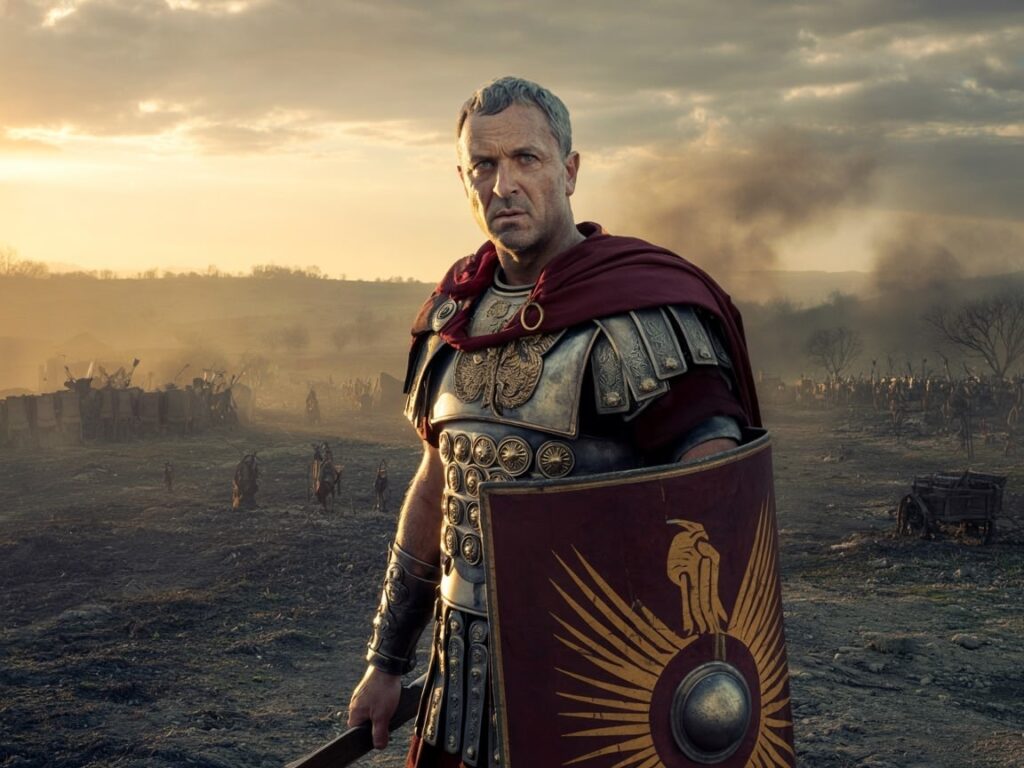
The Anatomy of Delay
Fabius’s strategy derived from clear-eyed assessment of relative strengths. Hannibal’s tactical superiority in open battle was undeniable—but tactics are finite. Strategy is infinite. Fabius recognized that Hannibal’s brilliance could not overcome structural disadvantages: no supply base, no reinforcements, no siege capacity to take walled cities, and finite manpower in a peninsula where Rome commanded potentially limitless Italian allies and recruits.
The economic dimension proved crucial. Ancient armies lived by foraging—seizing grain, livestock, and supplies from the territory they occupied. Hannibal’s presence in Italy destroyed this year’s harvest in regions he traversed, but Roman control of fortified towns and strategic granaries prevented systematic resupply. Fabius’s shadowing strategy denied Hannibal control of any region long enough to establish secure supply lines. The Carthaginians could raid, but not occupy. They could destroy, but not build. Each month stretched Hannibal’s logistics thinner.
The psychological element cut both ways. Fabius absorbed tremendous political pressure—mockery, accusation of cowardice, challenges to his authority—but he understood that military success depends on political will. A defeated general loses authority. An undefeated general, however passive, retains credibility. By refusing battle, Fabius preserved not just legions but legitimacy. Conversely, Hannibal needed decisive victory to break Roman will and encourage Italian defections. His string of tactical victories meant nothing if Rome refused to acknowledge defeat. Fabius’s strategy transformed warfare into a waiting game Rome was structurally positioned to win.
Modern military theorists recognize Fabian strategy as protean asymmetric warfare: the weak avoiding the strong’s preferred combat mode while exploiting structural advantages. Carl von Clausewitz identified it as “defense by evasion.” B.H. Liddell Hart termed it the “indirect approach.” The strategy assumes patience yields greater returns than valor—a calculation that offended Roman honor culture but proved mathematically sound.
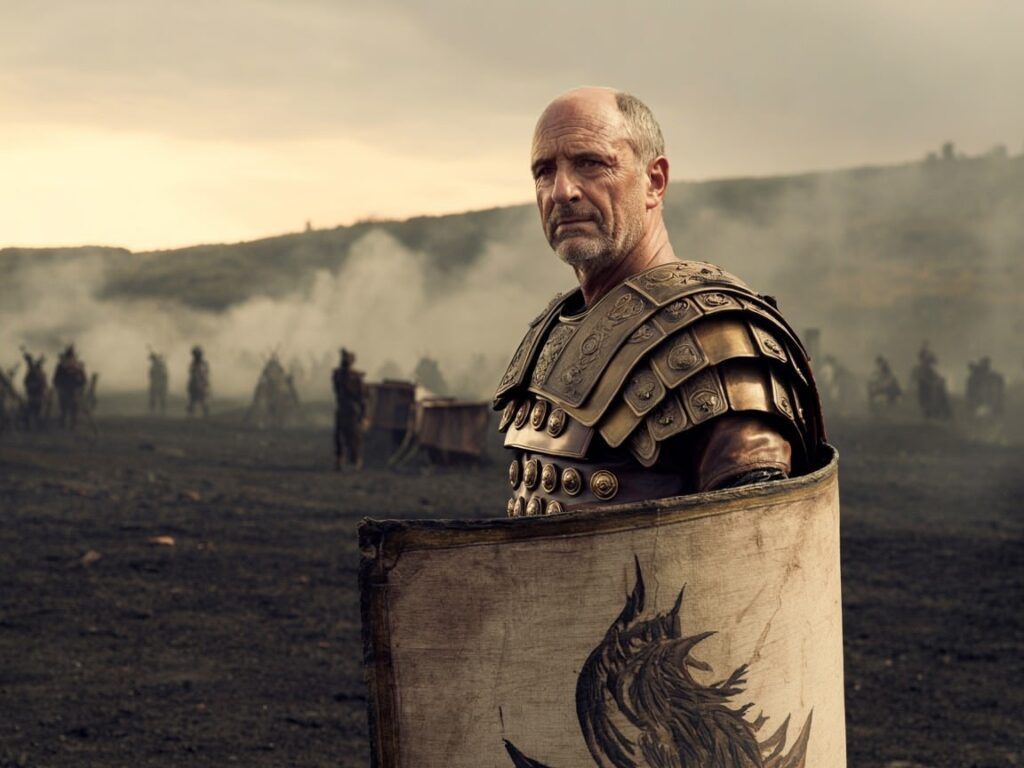
The Historiographical Debate
Ancient sources present conflicting assessments of Fabius’s contribution. Polybius, writing 70 years after Cannae with access to eyewitnesses, credits Fabius with saving Rome but attributes ultimate victory to Scipio Africanus’s offensive strategy in Africa. Livy, writing two centuries later, romanticizes Fabius as embodying traditional Roman virtues—piety, prudence, sacrifice—contrasting his wisdom with reckless consuls. Plutarch’s biography praises Fabius’s moral courage in enduring mockery but suggests his strategy merely delayed inevitable confrontation.
Modern scholarship divides sharply. The “Fabian school” argues that delay strategy fundamentally altered the war’s trajectory, bleeding Hannibal’s strength and enabling eventual Roman victory. Historian Adrian Goldsworthy contends that Fabius’s patient approach was strategically correct but politically unsustainable—Rome’s republican structure demanded offensive action for legitimacy. Gregory Daly emphasizes that Fabius bought time for military innovation: the legions that defeated Hannibal at Zama in 202 BCE employed tactical adaptations developed during the years Fabius preserved Roman armies from destruction.
Critics argue Fabius’s strategy was passive conservatism, not revolutionary thinking. Hannibal remained in Italy for 15 years after Fabius’s dictatorship—hardly proof that delay worked. Victory came through Scipio’s bold invasion of Africa, forcing Hannibal’s recall, suggesting offensive strategy ultimately proved decisive. Some historians contend Fabius was simply fortunate: Hannibal’s failure to receive reinforcements from Carthage owed more to Carthaginian political dysfunction than Roman strategic brilliance.
The counterfactual question persists: could earlier, more aggressive Roman strategy have defeated Hannibal before Cannae’s catastrophe? Proponents note that Rome’s traditional offensive approach had conquered the Mediterranean—perhaps Hannibal represented an aberration requiring temporary adjustment, not strategic revolution. Yet Cannae’s aftermath suggests otherwise: with 50,000 Roman soldiers dead and Hannibal still unbeaten, Rome adopted Fabius’s strategy by necessity. No consul dared face Hannibal in pitched battle for years. The “Fabian strategy” became Rome’s unofficial policy—evidence that collective wisdom validated Fabius’s lonely insight.
The Legacy of Strategic Patience
Fabius’s influence transcended his lifetime. The Roman Senate awarded him the cognomen “Cunctator”—initially mocking, later honorific—and his name became synonymous with strategic delay. When Rome faced subsequent military crises, commanders invoked Fabian precedent to justify avoiding battle. The strategy established a principle: sometimes not-losing matters more than winning. Survival enables eventual victory. Defeat is final.
The American Revolution weaponized Fabian strategy. General George Washington, facing British military superiority, refused decisive engagement, preserving his Continental Army through strategic withdrawal and limited engagement. Washington’s officers called him “the American Fabius.” The strategy frustrated British attempts to destroy rebel forces in single campaign seasons, extending the war until French intervention and British exhaustion forced peace. Washington’s patience mirrored Fabius’s calculation: time favored the side with political will and sustainable resources.
Twentieth-century insurgencies embraced Fabian principles. Mao Zedong’s doctrine of protracted people’s war—”The enemy advances, we retreat; the enemy camps, we harass; the enemy tires, we attack”—echoes Fabius’s operational approach. Vietnamese resistance to French and American forces relied on refusing decisive battle while exhausting superior firepower through attrition. Guerrilla warfare worldwide adopts Fabian logic: avoid the strong, attack the weak, survive to fight indefinitely. The Cunctator’s patience became revolutionary doctrine.
Yet Fabius’s legacy carries cautionary lessons. His strategy worked because Rome possessed structural advantages—population, resources, fortified cities—that Hannibal lacked. Pure delay against an enemy with sustainable logistics merely postpones defeat. Fabius’s genius lay in recognizing when patience served strategic purpose and when it constituted mere procrastination. Modern military forces often misapply “Fabian strategy” to justify indecision or risk-aversion without conducting rigorous analysis of relative strengths.
The political dimension remains fraught. Democratic societies struggle with strategies that appear passive, as public opinion demands visible action. Fabius endured mockery because Rome’s dictatorial powers temporarily shielded him from electoral consequences. Washington faced constant pressure from Congress to attack. Modern commanders implementing attritional strategies must navigate media cycles and political accountability structures that reward decisive action over patient calculation. Fabius’s political courage—accepting public ridicule while maintaining strategic conviction—may prove his most difficult legacy to replicate.
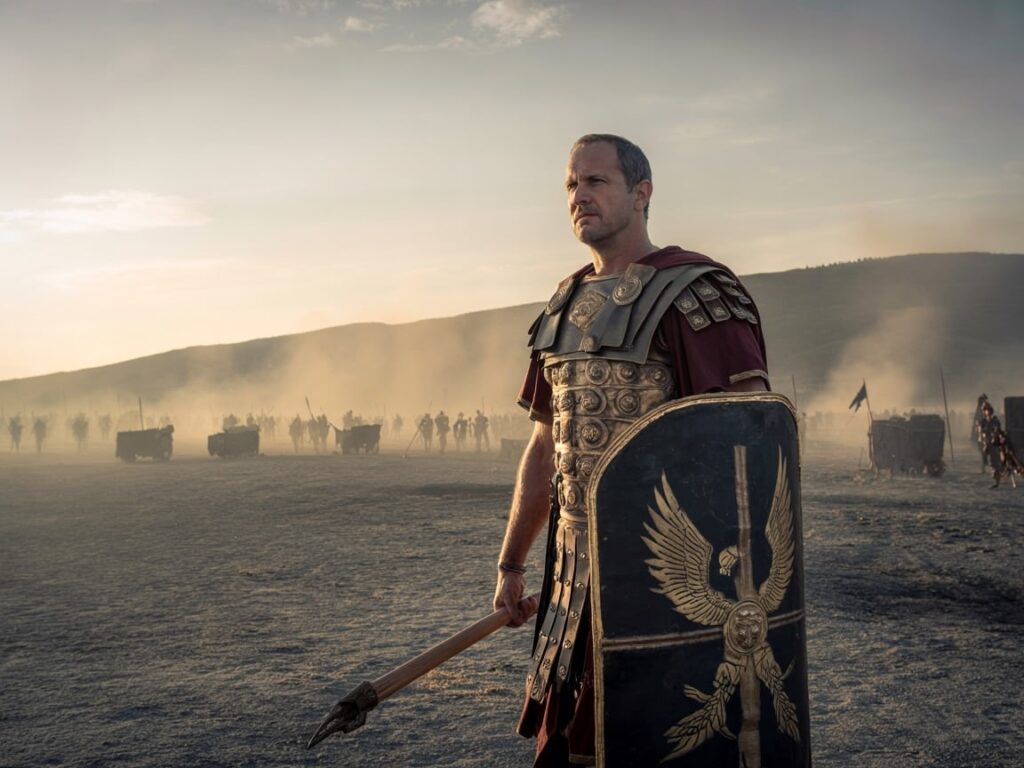
Conclusion
Quintus Fabius Maximus Verrucosus revolutionized warfare by redefining victory. Before Fabius, Roman military culture equated success with battlefield triumph—the more decisive and immediate, the greater the glory. After Fabius, strategic thinking incorporated temporal dimensions: sometimes victory means surviving until the enemy exhausts himself. Sometimes refusing battle demonstrates superior understanding. Sometimes patience requires more courage than attack.
The Second Punic War vindicated Fabius’s insight—Rome survived Hannibal’s tactical genius by outlasting it. Yet Fabius himself recognized the limits of delay: ultimate victory required Scipio’s African offensive. The Cunctator’s contribution was preserving Rome long enough for offensive strategy to become feasible. He bought time, and time bought victory.
His legacy persists in military doctrine, political strategy, and cultural consciousness. “Fabian Society” describes gradualist socialism. “Fabian strategy” appears in business texts advising competitive patience. His name signifies the paradox of achieving through restraint, winning through not-losing, succeeding by surviving. In an age that glorifies disruption and decisiveness, Fabius reminds us that sometimes the revolutionary act is simple endurance—and the boldest choice is refusing to choose, until circumstances favor action. The general derided as coward became the prophet of strategic patience. History vindicated the Delayer.
Timeline of Crisis
218 BCE: Hannibal crosses Alps; defeats Romans at Trebia
June 217 BCE: Lake Trasimene massacre; 15,000 Romans killed
July 217 BCE: Fabius appointed dictator; begins shadowing strategy
Autumn 217 BCE: Senate elevates Minucius to co-equal command; Minucius nearly destroyed
December 217 BCE: Fabius’s dictatorship expires
August 216 BCE: Cannae—Rome’s worst defeat, 50,000 dead
216-203 BCE: Rome avoids pitched battles; Hannibal remains undefeated but isolated
202 BCE: Scipio defeats Hannibal at Zama
Strategic Paradox
The Fabian Dilemma: Delay works only when the delayer possesses superior resources and the aggressor faces logistical exhaustion. If applied by the weaker party, or against an enemy with sustainable supply lines, delay becomes mere postponement of defeat. Fabius succeeded because Rome commanded Italian manpower while Hannibal operated without reinforcements. His strategy exploited specific asymmetries—structural, not universal. Misapplied, “Fabian tactics” produce passivity without purpose. The Cunctator’s genius lay in recognizing when his situation met delay’s prerequisites—and contemporary commanders too often miss that distinction.
Sources and Further Reading
Primary Sources: Polybius’s Histories (Books 3-8) provides eyewitness-based accounts of the Second Punic War. Livy’s Ab Urbe Condita (Books 21-30) offers detailed narrative, though written later and romanticized. Plutarch’s Life of Fabius Maximus examines personal character and political context. Appian’s Hannibalic War preserves alternative traditions. Modern Scholarship: Adrian Goldsworthy’s The Fall of Carthage analyzes military strategy comprehensively. Gregory Daly’s Cannae examines tactical evolution. B.H. Liddell Hart’s Strategy contextualizes Fabian principles in broader military theory. John Lazenby’s Hannibal’s War provides authoritative campaign history. Dexter Hoyos’s Mastering the West situates Punic Wars in Mediterranean geopolitics.

